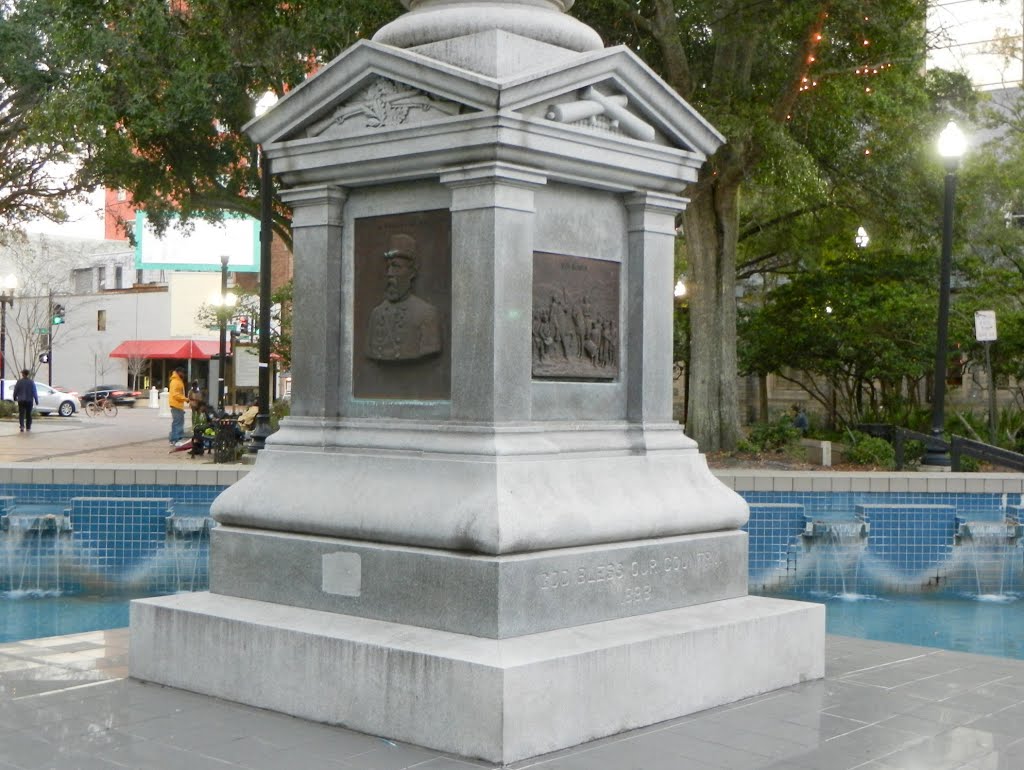
In the wake of violence in Charlottesville last year, former Jacksonville City Council President Anna Brosche compelled the city’s parks and recreation department to “inventory” Confederate monuments and markers on city property.
The goal: “propose legislation to move Confederate monuments, memorials, and markers from public property to museums and educational institutions where they can be respectfully preserved and historically contextualized.”
That legislation never materialized in the 2017-18 Council term, and Brosche told us Monday that she wasn’t planning to file any.
However, 14 members of the Task Force on Civil Rights History Brosche convened during her presidency asserted last week in a memo that the process of discussion (one that smoldered in public comment despite a lack of legislation) should be resumed.
The Confederate monument discussion was not part of the task force charge; however, it was an issue that members such as Hope McMath, Rodney Hurst, and Richard Danforth believe merits discussion.
The memo notes that since 1898, Hemming Park has been home to a 62-foot monument to Confederate soldiers. The monument loomed over the carnage of 1960’s “Axe Handle Saturday,” where marauding whites assaulted African-American shop patrons.
Now, with City Hall just outside the park, and a “bustling arts district” around the park, the memo’s signatories assert a gap between where the city is going and the placement of the monument. Moving the monument, per the memo, would help to create a “public square that is open and welcoming to all.”
“Many Jacksonville residents believe that the reason for the Confederate monument’s placement was to serve as a reminder to former slaves and descendants of their ‘place in society’,” the memo asserts.
The signatories do not want the monument destroyed, but removed and recontextualized.
Current City Council President Aaron Bowman seems to be mulling a path forward. In a text Monday morning, he asserted that “you’ll probably see something in a few days.” He would not offer additional detail as to what that “something” was, however.
There is recent precedent for the movement of a monument for historical recontextualization. The Lake County Historical Museum will accept a monument that had previously been one of Florida’s contributions to the statutory at the U.S. Capitol.



